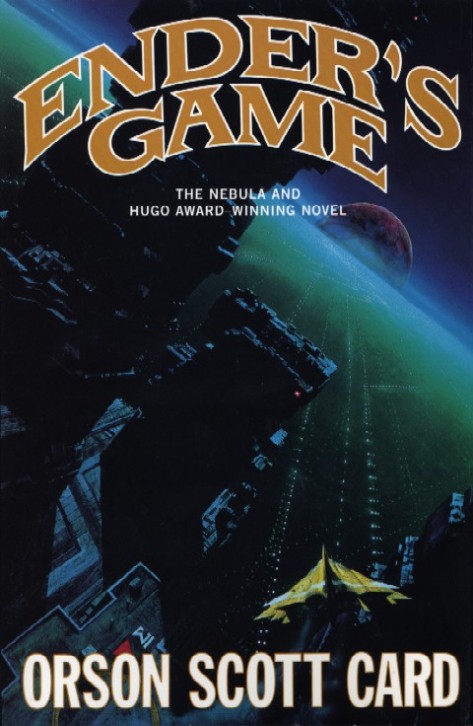I am researching the practice of domestic containment during the Cold War as it relates to women and their idealized role as housewives. Research into the rhetorical construction of the 1950s housewife and the attempt to confine women in their traditional gender roles is relevant because the experiences of socially oppressed women during this era have parallels in the present and throughout history
Elaine Tyler May was among the first to consider and comment on the phenomenon of domestic containment. The generation of Americans entering into adulthood soon after World War II was largely “homeward bound,” a trend that can be clearly confirmed by the increasing marriage rate and skyrocketing birthrate. In the age of nuclear paranoia and political and ideological conflict, the family and the home became a sort of refuge. The preservation of gender roles in the home became a proxy for the preservation of American society overall. Betty Friedman’s novel, The Feminine Mystique, is one of the most influential works relating to this topic. Friedman defines the “feminine mystique” as the social value, the American cultural ideal that told women of the Post-War era that the fulfillment of their femininity should be their ultimate goal. This femininity was defined by a commitment of a woman’s life not to her own dreams and desires, but to those of her husband and children and to her admirable occupation as a housewife. Friedman contemplates what she calls “the problem that has no name,” an inexplicable but deep psychological dissatisfaction among women even as they achieved this lifetime goal of being a housewife. One of the most important realms to the American housewife was the kitchen. Many ideas about the role that women should play in the domestic realm were communicated in popular media sources, such as cookbooks and magazines. In my RBA, I hope to analyze the attempts to contain women in this role as a housewife and show that such attempts were largely unsuccessful.




